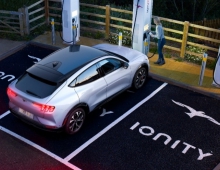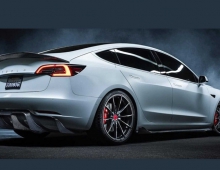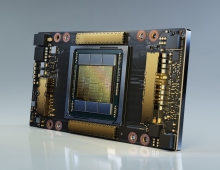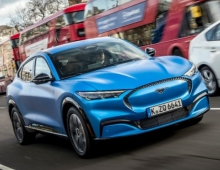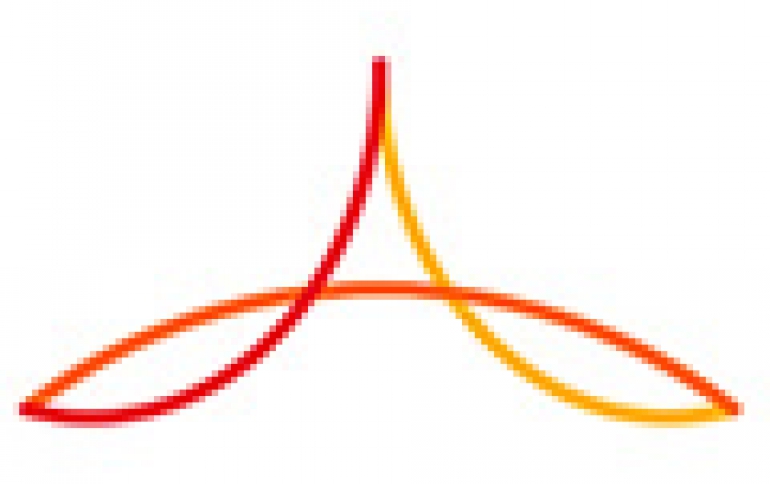
Renault, Nissan and Mitsubishi Motors to Strengthen Cooperation in Electric - autonomous Vehicle Push
Nissan Motor and Mitsubishi Motors, the world's largest automotive alliance, announced today Alliance 2002, a six-year plan that will result in the introduction of 12 new electric vehicles by 2022 and extend the models' range.
The plan announced today, has set a new target to double annual synergies to €10 billion by the end of the plan.
Carlos Ghosn, chairman and chief executive officer of the Alliance, said: "Today marks a new milestone for our member companies. By the end of our strategic plan Alliance 2022, we aim to double our annual synergies to €10 billion. To achieve this target, on one side Renault, Nissan and Mitsubishi Motors will accelerate collaboration on common platforms, powertrains and next-generation electric, autonomous and connected technologies. From the other side, synergies will be enhanced by our growing scale. Our total annual sales are forecast to exceed 14 million units, generating revenues expected at $240 billion by the end of the plan."
Under Alliance 2022, the member companies will increase their use of common platforms, with nine million units based on four common platforms. The plan will also extend the use of common powertrains to 75 percent of total sales.
Alliance 2022 plans a major expansion in shared electric vehicle technologies, alongside the development and deployment of autonomous drive systems, vehicle connectivity and new mobility services.
Twelve new zero-emission electric vehicles will be launched by 2022, utilizing new common electric vehicle platforms and components for multiple segments. Over the same period, 40 vehicles will be introduced with different levels of autonomy, all the way to fully autonomous capability. Becoming an operator of robo-vehicle ride-hailing services is also a major part of the Alliance's new mobility services strategy.
The launch of a new logo and online presence was also revealed today for the Alliance.

This year, Renault, Nissan and Mitsubishi Motors became the world's largest automotive group by sales volume. In the first half of 2017, volumes increased by seven percent year-on-year to 5.27 million units, whilst aggregate sales of electric vehicles reached a combined total of more than 500,000 units.
The member companies will extend their use of shared common platforms and powertrains.
New developments include:
- In 2022, more than 9 million vehicles will be built on four common platforms, up from 2 million vehicles on two platforms in 2016
- By the end of the plan, the member companies will share 22 engines out of a total of 31, compared with 14 engines out of a combined total of 38 in 2016
- The common platform strategy - based on the CMF architecture - will be extended to a new common EV platform with advanced autonomous drive capability and to a new B-segment common platform for mid-sized vehicles.
- Mitsubishi Motors will gain access to the CMF architecture and utilize common powertrains by 2020
By 2022, the member companies plan to increase their EV product range to cover all main segments in their key markets of Japan, the USA, China and Europe.
The companies will use common, scalable EV platforms for multiple segments by 2020, with a forecast that 70 percent of EV volumes will be based on shared platforms by 2022.
A new family of EV motor and batteries is planned to be introduced from 2020, shared across the member companies, while 12 new pure electric vehicles are planned to be launched by 2022. Their range will be extended to more than 600km, while the overall battery cost will be decreased by 30 percent from 2016 to 2022. The companies also aim at achieving a range of 230km with a 15 minutes charging time by 2022, upfrom 90km in 2016.
The member companies are on track to launch 40 vehicles with different levels of autonomous drive (AD) technologies by 2022.
Test programs are underway in different regions of the world as part of the development of autonomous technologies, which will enable member companies to offer advanced AD functionality for mainstream, mass-market vehicles. The timetable for AD deployment will include:
- 2018: Highly autonomous drive vehicle for use on highways - with a human driver's continuous monitoring of the environment.
- 2020: Highly autonomous drive vehicle for use in cities - with a human driver's continuous monitoring of the environment.
- 2020: Highly autonomous drive vehicle for use on highways - with occasional human driver intervention.
- 2022: First fully autonomous drive vehicle - with no human driver intervention necessary
Field tests are continuing on robo-vehicles with partners DeNA (Japan) and Transdev (France), which will pave the way for a new era of mobility in which the group aims to become:
- A key operator of robo-vehicle ride-hailing mobility services, that will include further partnerships
- A major player and provider of vehicles for public transit use and car-sharing
The Alliance Connected Vehicles and Mobility Services team is developing new mobility services and partnerships. In addition, new connectivity solutions for end-customers will be available in vehicles starting in 2018. These will include:
- A common in-vehicle infotainment system and common in-vehicle connectivity system
- Launch of a Connected Cloud platform to manage all data interfaces
- The cloud platform will provide a gateway to AD capability for robo-vehicle services, self-driving delivery vehicles and shuttles


